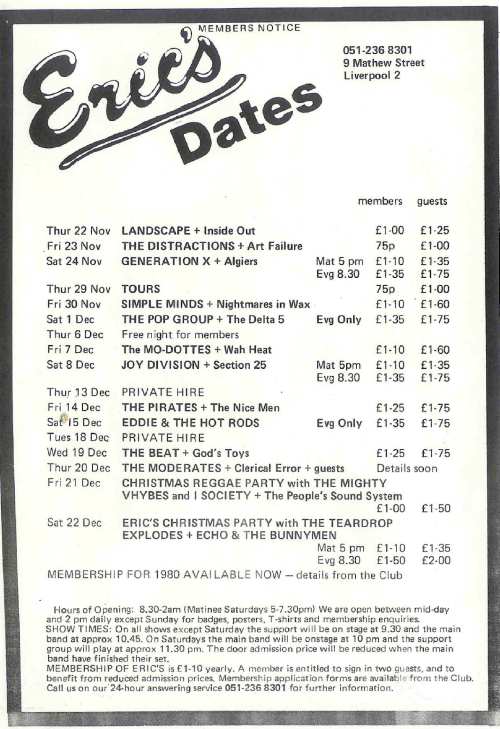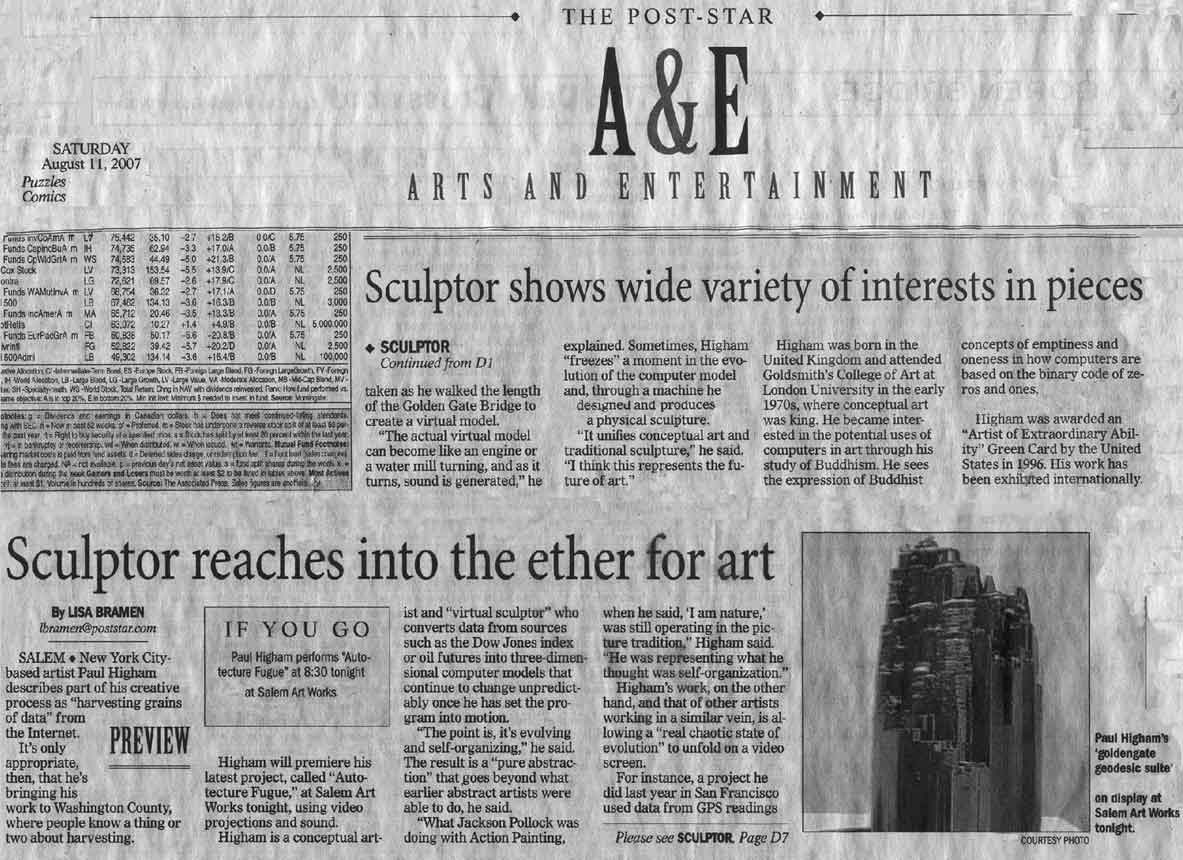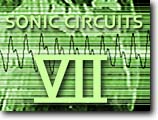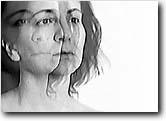Virtual Electronica published August 6, 1997
"IT'S ALMOST LIKE heresy, this kind of stuff," says Paul Higham
while showing me what looks like a duck's head sitting atop an LED screen. He explains that the cone- and sphere-shaped sculptures in this multimedia piece (i.e. the duck's head)
come from Al Hassan, an Arabic scientist and mathematician who described the way light enters the eye. Just then, two cartoon ducks march in from the sides of the screen,
along with philosophical messages like Gottfried Leibniz "All things proceed reversing," and "Platon Kunstwollen"--meaning "to make itself" or "ready-made."
Higham says that the "heresy" of this particular piece which will be featured in this year's Digital Salon show at New York's School of Visual Arts; is that
"it brings kinesia into art. Generally, conceptual art from the '70s on has been about mimeses and counter-mimeses." But in fact, strict adherents of the classical arts
would find much of Higham's work heretical--in part because the artist is sponsored by Motorola and ATI Industries. Among Higham's projects with the Human Design Laboratory
at the University of Minnesota is a rehab aid for people with significant muscle injury. Two sets of electrodes are connected just above the elbow and wrist, allowing patients who
successfully flex or extend a muscle to be rewarded with a series of musical sounds.
Meanwhile, Higham is consulting with a Japanese company about building a virtual reality flight simulator. There's also talk of doing a sound show at the Walker Art Center with
Woody McBride, which would combine three objects: a two-dimensional projected object and a three-dimensional set, overlaid with sound that would itself become objectified--much
like his Metarune Clipper that showed at the Red Eye Collaboration last March.
All of this is being created through Higham's pioneering use of a Silicon Graphics Virtual Reality pipeline and a power-glove interface--the latter allowing Higham to interact with
artificially intelligent objects in VR space, and to create computer models based on scientific, philosophical, and mathematical theories from classical Greece, Arabia, Tibet, and India.
The work is both exotic and esoteric, as the history interacts with the rest of the piece to define its meaning. The model data is then imported into a Rapid Prototype Machine which takes
40 hours to translate the computer signals into a decipherable code for a Plastic Diffusion Modeler to build. Higham calls the finished sculptures "Reities"TM--that is, objects
vivified within the computer.
The power-glove also allows Higham to interact with the models--and program the models to interact with each other--to produce a series of sound signatures. As the shape shifts
in VR space, so does the array of its sound. Where electronica and techno musicians sample other artists' work, and DJs cart digital samplers and bass machines for a show,
Higham brings his computer and his intelligent models.
New artistic forms are nothing new to Higham--who, along with bands like Joy Division and New Order, did the work in the early '80s that made techno a household word in the '90s.
He was one of the first to use digital-sampling equipment, combining bits from various animated cartoons to create what he calls "a catastrophic animatronic sound." Cartoons are an
integral element in Higham's work: He counts Road Runner sound designer Treg Brown among his influences, and likes to describe his work as "Disneyata."
("Sunyata" refers to the Indian differential between void and dimension.) Even as he was working with embryonic sampling machines like the Roland 303,
Higham was dreaming of virtual reality-modeled audio--but the equipment to create it didn't exist.
This was hardly the last time that Higham would deliver art from out of a void. "Art is not about art imitating life anymore," he says. "It's about an autonomous world imitating itself."
Among the many paradoxes in Higham's work is his use of low-brow cartoons to create high-concept art, and the computer to bring 15th-century mathematical and scientific
theories to their full fruition. Then there's the fact that the artist himself is caught in a kind of paradox. Given that his innovations with techno and electronica came a full decade early






